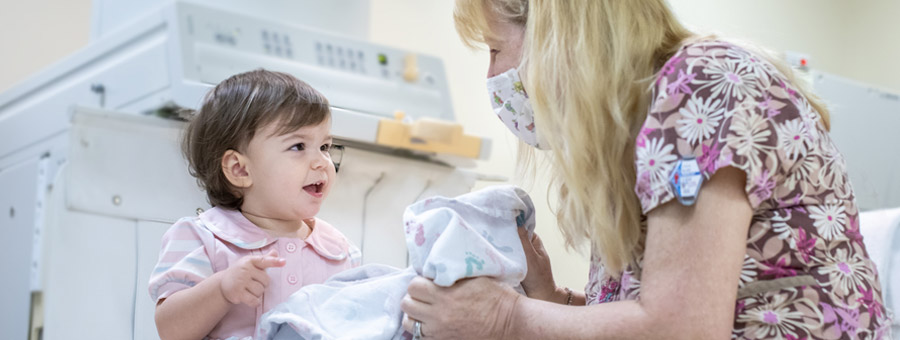Redesigning care is essential to improve quality outcomes and support patients and families in the hospital and at home. We've explored various strategies and initiatives to advance pediatric health care delivery by sharing best practices, building efficient workflows, and staying patient centered.
Here are a few ways Children's Hospital Association, and our members, are improving the care continuum across the patient journey.
Creating a patient-centered approach
Uncover opportunities and challenges faced by patients and families to improve quality improvement and assess outcomes.
- Rady Children's Hospital San Francisco created a whole-child care model that focuses on the social, physical, emotional, and medical needs for chronically ill patients.
- Care teams at Seattle Children's focused on the patient's journey to help build health equity and streamline processes to drive quality improvement.
Reducing future complications
Prevent potential medical complications inside and outside of the hospital setting.
- A change package from the Hospital-to-Home Transitions Collaborative provides best practices for improving written discharge instructions to reduce potential medical complications.
- A Deterioration Risk Index (DRI) tool at Nationwide Children's Hospital predicts inpatient deterioration by automatically processing risk criteria in the EMR, triggering care teams to act before a crisis happens.
Advocating for care coordination improvements
Improve care for children with medically complex conditions (CMC) who are enrolled in Medicaid.
- The Advancing Care for Exceptional (ACE) Kids Act created a new state Medicaid option to provide coordinated care for CMC through health homes.
- A toolkit on everything you need to know about the ACE Kids Act and how to enable better care coordination for children across multiple providers.
To discover more children’s hospital success stories, sign up to receive the Children’s Hospitals Today newsletter.






